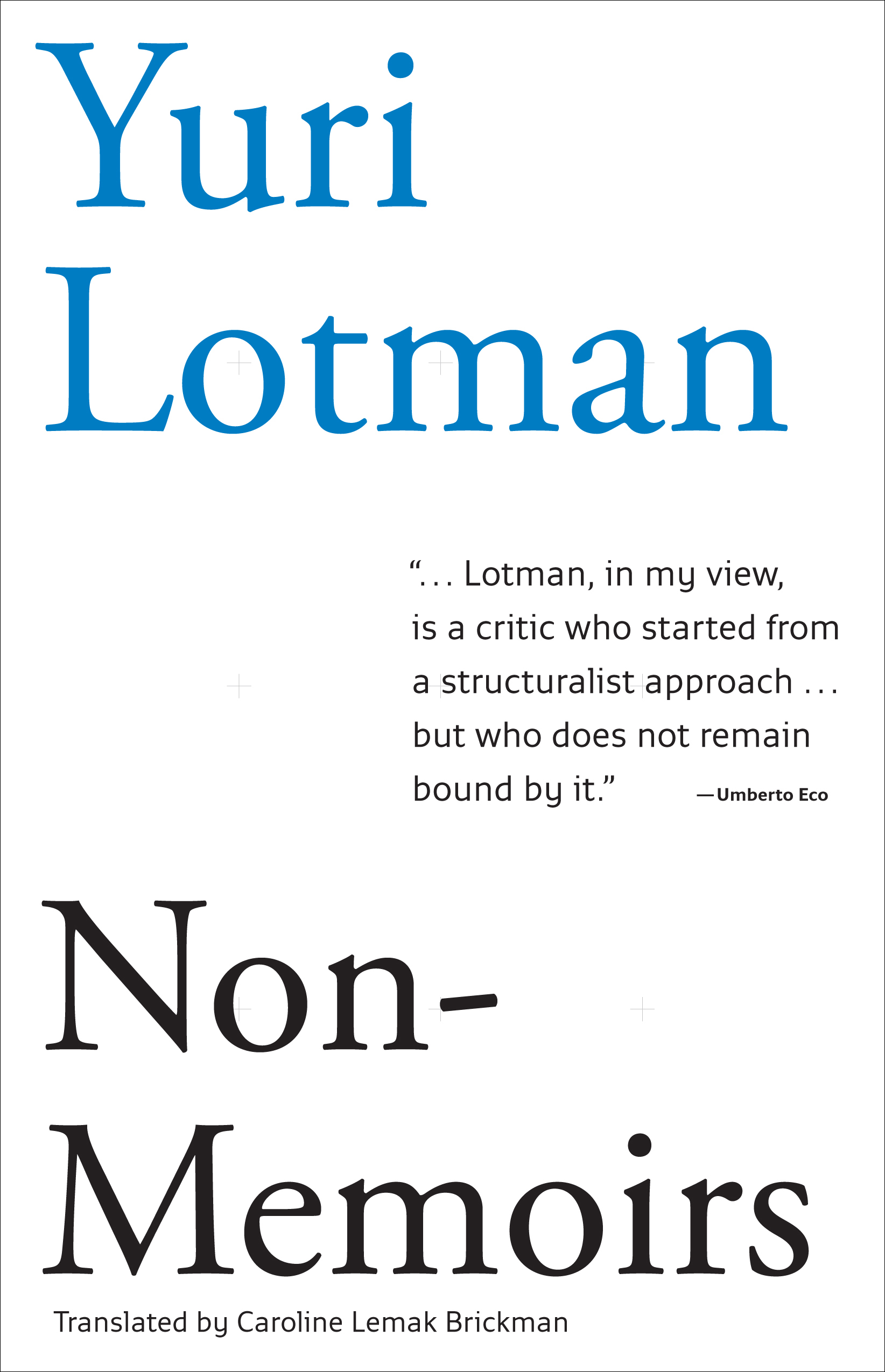Yuri Lotman Universe Of The Mind Pdf
By Yuri LotmanUniverse of the brainA Semiotic thought of CultureYuri M. LotmanIntroduction by way of Umberto EcoTranslated by means of Ann ShukmanA significant e-book through one of many initiators of cultural reviews.'
Universe of the brain is an bold, advanced, and wide-ranging publication that semioticians, textual critics, and people drawn to cultural reports will locate stimulating and immensely suggestive.' ―Journal of Communication'Soviet semiotics deals a particular, richly effective method of literary and cultural reviews and Universe of the brain represents a summation of the highbrow occupation of the guy who has performed so much to assure this.' ―Slavic and East ecu JournalUniverse of the brain addresses 3 major components: which means and textual content, tradition, and heritage.


I︠u︡ M Lotman
The result's a full-scale try to display the workings of the semiotic area or highbrow international. Half One is anxious with the ways in which texts generate that means. Half addresses Lotman’s valuable concept of the semiosphere―the area within which all semiotic platforms can function―presented via an analogy with the worldwide biosphere. Half 3 makes a speciality of semiotics from the viewpoint of history.A seminal textual content in cultural semiotics, the book’s formidable scope additionally makes it appropriate to disciplines open air semiotics. The e-book might be of serious curiosity to these inquisitive about cultural stories, anthropology, Slavic reviews, severe conception, philosophy, and historiography.Yuri Mikhailovich Lotman is the founding father of the Moscow-Tartu institution and the initiator of the self-discipline of cultural semiotics.Read or Download Universe of the mind: a semiotic theory of culture PDFSimilar italian1 books.
A metonymy is disposed along the syntactic axis and is not a selection, but a combination in praesentia involving the establishment of a connection by contiguity. As regards the cultural function of rhetorical figures, Jakobson, on the one hand, broadens it, seeing there the basis for meaning-formation in any semiotic system. So he applies the terms 'metaphor' and 'metonymy' to cinema, painting, psychoanalysis, and so on. On the other hand, he narrows it relegating metaphor to the domain of semiotic structures = poetry, and metonymy to the sphere of the text = prose.A metonymy is disposed along the syntactic axis and is not a selection, but a combination in praesentia involving the establishment of a connection by contiguity. As regards the cultural function of rhetorical figures, Jakobson, on the one hand, broadens it, seeing there the basis for meaning-formation in any semiotic system. So he applies the terms 'metaphor' and 'metonymy' to cinema, painting, psychoanalysis, and so on. On the other hand, he narrows it relegating metaphor to the domain of semiotic structures = poetry, and metonymy to the sphere of the text = prose.The intrusion of the external rhythm organizes and stimulates the internal monologue.
Ann Shukman

A third example is the Japanese Buddhist monk contemplating a 'stone park'. 7 This park is a relatively small gravel area on which stones have been placed in accordance with an elaborate mathematical rhythm. The contemplation of the elaborate pattern of the stones and gravel is intended to evoke a mood conducive to introspection.
These various rhythmical series, ranging from musical repetitions to repeated ornamentation, are constructed according to clearly expressed syntagmatic principles but have no semantic meaning of their own; we can treat them as external codes whose effect is to restructure verbal communication.